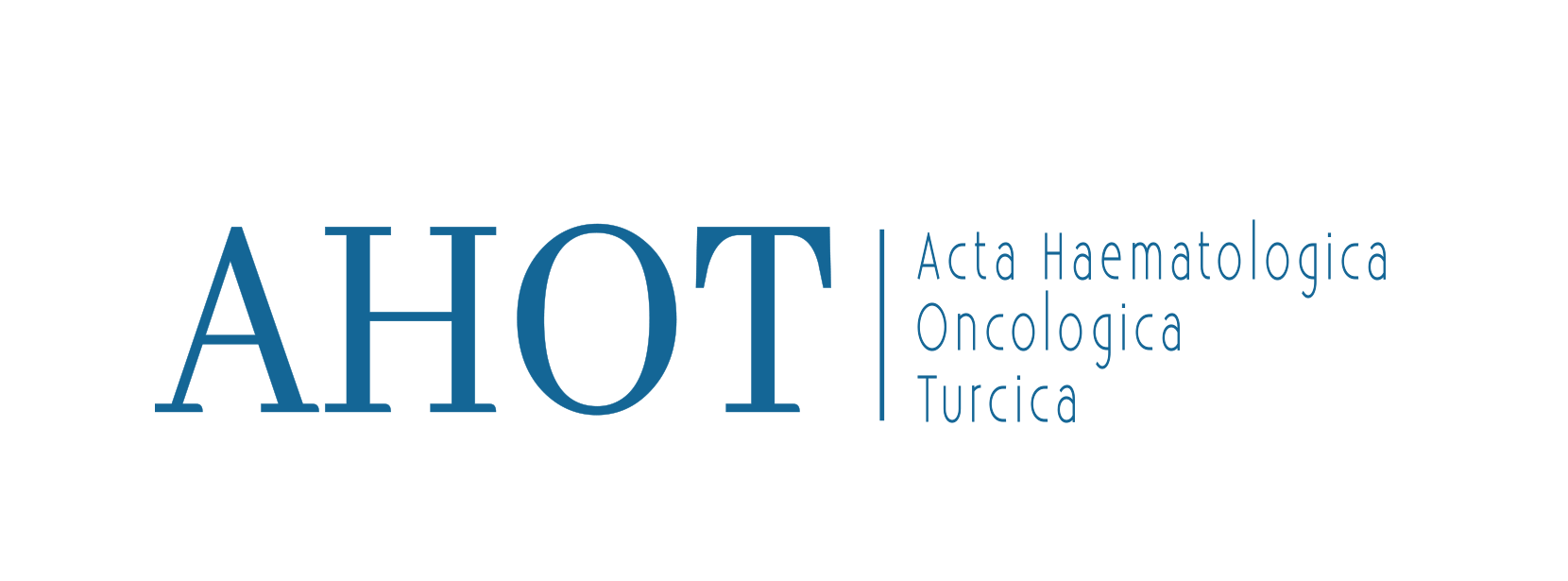Abstract
Cervical cancer is the second most common malignant neoplasm affecting women woridwide that remains an important pub-lic health. İn the past several years, there have been substantial advances in our understanding of the epidemiology of cervical carcinogenesis and the causal role of oncogenic human papillomavirus (HPV). Despite this scientific progress, cervical cancer continues to have a devastating impact on women worldwide, with an estimated 400.000 women deveioping cervical cancer and 200.000 dying from this disease each year. VVİdespread programmatic or opportunistic screening with the Papanicoiau cytoiogy tecnique has likely contributed to reducing about three-fourths of the cervical cancer burden in high-income countries during the last 50 years. However, in deveioping countries that have not implemented screening programmes for cervical cancer, the effect of a drop in rates of cervical cancer. Establishment of the link between HPV and cervical cancer has provided the impetus for re-search into prophylactic vaccination against the most common HPV types associated with the disease. Initial studies have provided evidence that L1 virus-like partcle vaccines against HPV 16 and HPV 18 (as monovaient, bivalent, or quadrivalent vacci-nes) prevent at least 90% of incident and persistent infections and their associated precursors of cervical cancer. Larger phase ili trials of vaccines targeted against different oncogenic HPV types are unden/vay. A combined strategy of vaccination for pri-mary prevention of oncogenic HPV infection and cervical cytologic screening for secondary prevention of cervical cancer offers an intriguing option to further reduce the mortality from invasive cervical cancer. Hovvever, such implementation will need defini-tion of the vaccine’s effect on public health, cost-effectiveness, the optimum age for vaccination, and the duration of protection.



